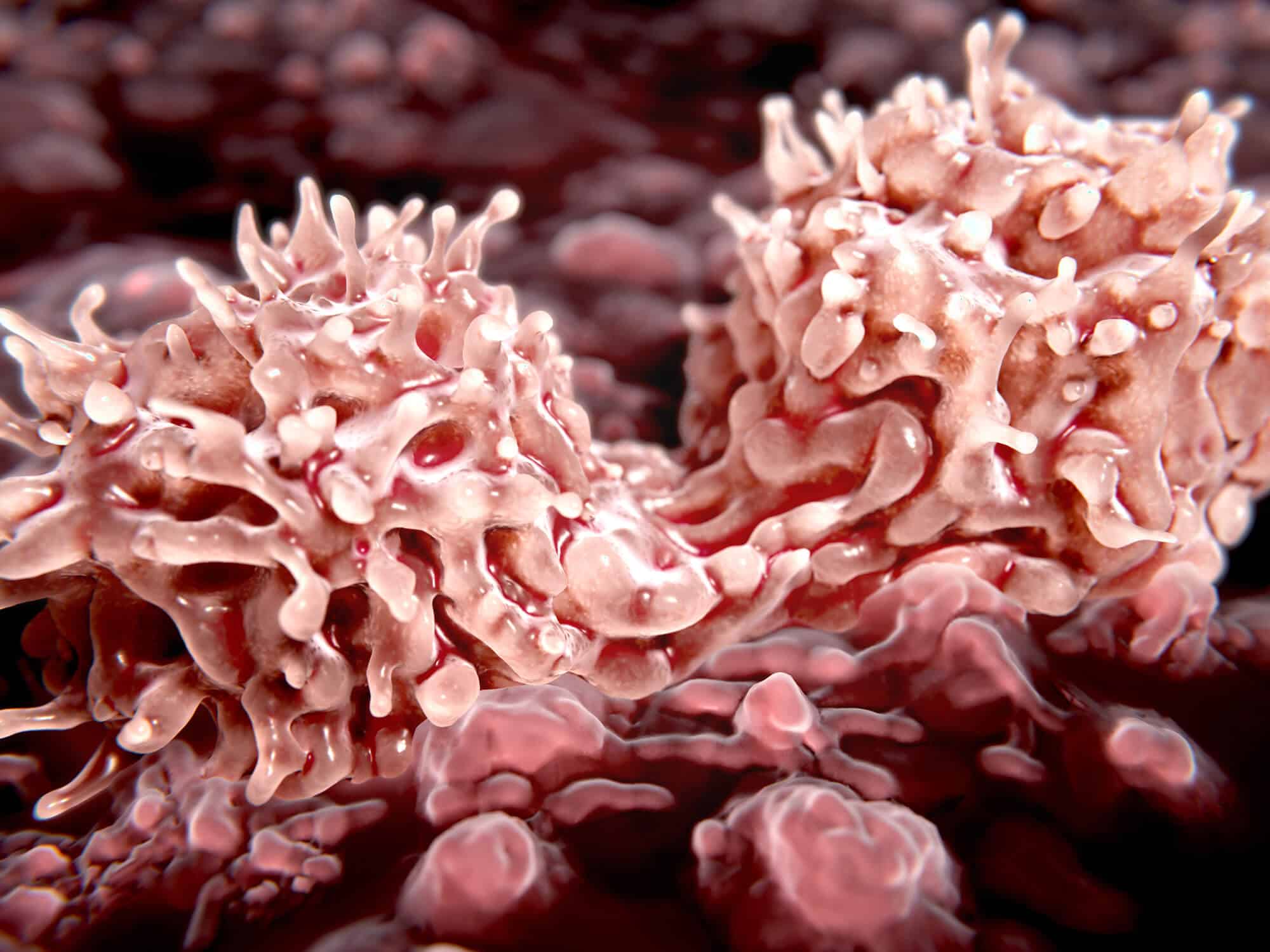A discovery by Weizmann Institute scientists may make it possible to increase the amount of stem cells in bone marrow transplants - and improve their chances of success

The blood in our arteries is constantly renewed thanks to a small and inexhaustible supply of stem cells in the bone marrow that ensure a constant supply of fresh blood cells. In bone marrow transplants, these stem cells are harvested from donors and transferred to patients who need them, for example leukemia patients or other types of blood cancer. However, the amount of stem cells is not always sufficient and there is currently no way to grow these cells in the laboratory without them losing their unique properties. Weizmann Institute of Science female scientists recently found out A method that may make it possible to increase the amount of stem cells for transplantation, thus improving the chances of success of bone marrow transplants.
Prof. Idit Shahar from the Department of Immunology and its group members are researching a receptor called CD74 which is found on the membranes of blood cells. After in a previous study, the scientists discovered that this receptor improves the survival ability of type B white blood cells - they wanted to check if the receptor is also used in a similar way in the stem cells in the bone marrow. To their surprise, it turned out that in the stem cells its action is completely opposite: it initiates a chain of biochemical reactions leading to the death of the cells.
This fact was revealed after, in one of the experiments, larger than normal amounts of stem cells were found in the bone skeleton of genetically modified mice without the CD74 receptor. In other words, disabling the receptor prevented the cells from dying and allowed them to survive for a long time and accumulate. How is it possible that the same receptor performs completely different actions in two types of cells? The reason for this probably lies in the conditions, for example the oxygen levels, or the different environments in which the cells operate - the blood circulation in the case of B cells and the bone marrow in the case of the stem cells.
Later, the scientists implanted in bone marrow-deficient mice doses that included identical amounts of normal stem cells and stem cells without CD74. They were amazed to discover that the cells without the receptor were absorbed better, multiplied quickly and in a short time filled the entire bone marrow. In the next step, the scientists held a "competition" between the two types of cells - they performed a series of experiments in which they gradually increased the amount of normal stem cells at the expense of the engineered cells. The results were unequivocal: even when the cells without the receptor made up only a tenth of the total number of cells in the transplanted portion, they were still absorbed better, divided quickly and were the ones that eventually filled most of the bone marrow. In additional experiments, in mice that underwent chemotherapy treatments - similar to those given to cancer patients - it became clear that mice without CD74 survived and restored their immune system more efficiently than the control mice.
Finally, the scientists found that an antibody that blocks the active site of the CD74 receptor does cause the stem cells to accumulate in large quantities both in laboratory vessels and in the bone skeleton of mice. In addition, they showed that blocking CD74 in stem cells taken from humans led to molecular changes similar to those observed in mice. These findings indicate that blocking the receptor may be relevant to bone marrow transplantation in humans.
When there is no XNUMX% matching donor for a patient in need of a bone marrow transplant, it is sometimes possible to overcome the lack of a complete match by using huge doses of stem cells. Also, sometimes the source of cells for transplantation is umbilical cord blood, which contains a small amount of these cells. In both cases, increasing the amount of stem cells is essential. "Our research may help produce stem cells for transplantation in larger quantities and of higher quality," concludes Prof. Shahar.
The research group included Dr. Shirley Becker-Herman, Milena Rosenberg, Dr. Carmit Hillel-Karniel, Dr. Naama Gil-Yerom, Dr. Mathias Kramer, Dr. Avital Barak, Dr. Little Saber, Kern David, Dr. Lehi Radomir, Hadas Levinsky and Michal Levy from the institute's immunology department; Dr. Gilgi Friedlander from the Israeli National Center for Personalized Medicine named after Nancy and Steven Grand; Prof. Richard Bukla of Yale University School of Medicine; and Prof. Amnon Peled from the Hadassah Medical Center.
More of the topic in Hayadan:
